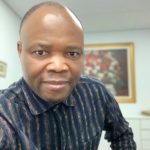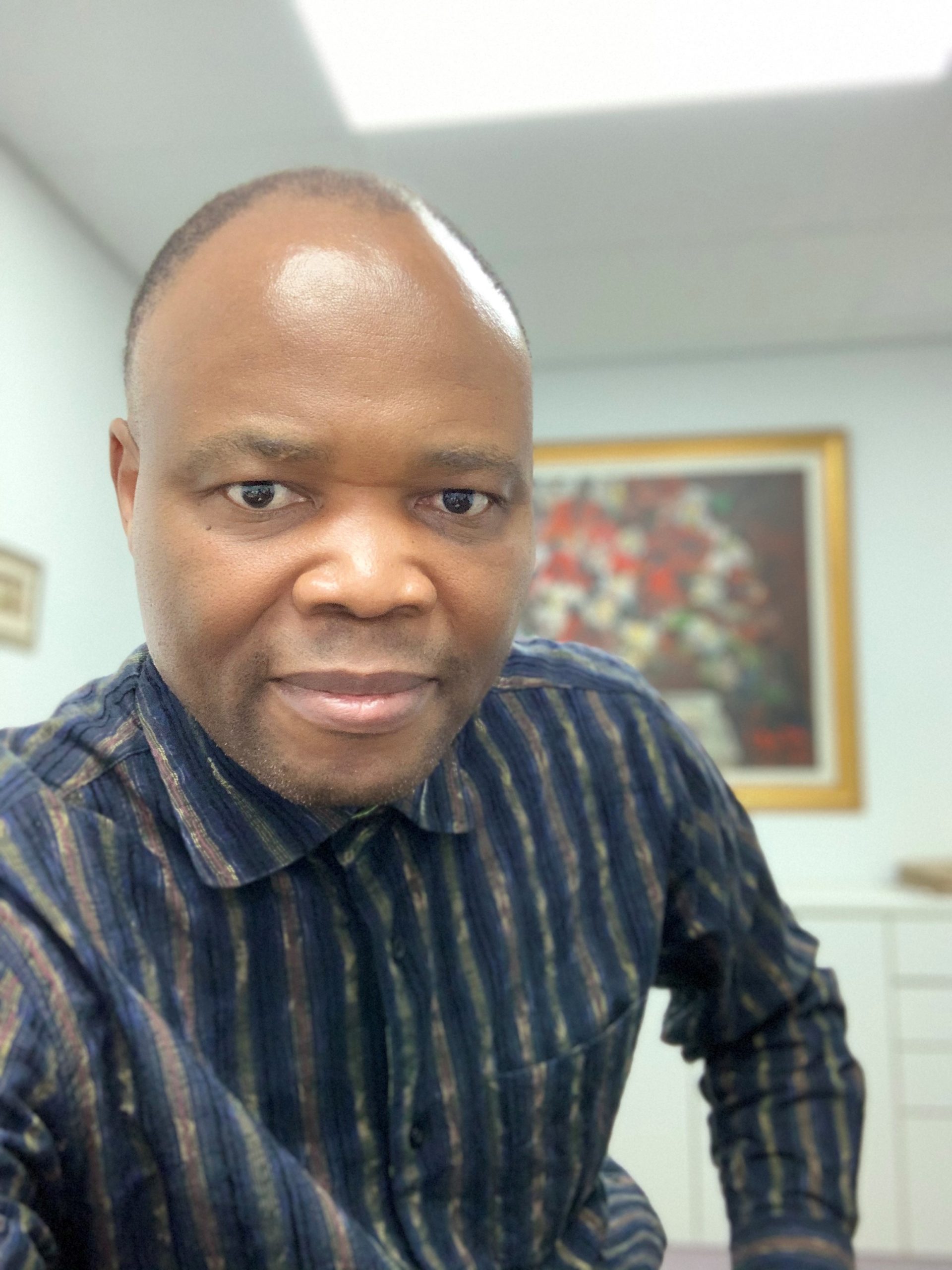Arwyp specialist addresses scoliosis
Dr Fred UN Ukunda is an orthopaedic surgeon who practices at Arwyp Medical Centre. One of his areas of interest involves the correction of the condition known as scoliosis.
What is scoliosis?
Scoliosis is a rare complex 3D deformity of the spine which is also known as “hunchback” by lay people. In the general population, up to 3% of people are affected, with almost 10% of patients requiring some form of treatment and up to 0.1% undergoing surgery.
The cosmetic aspect of the deformity is the biggest concern to the patient and is often accompanied by psychosocial distress.

There are different types of scoliosis according to the age of presentation:
- Early onset scoliosis – from birth until 9 years of age.
- Adolescent scoliosis – Between 10 years until end of growth i.e. 14-15 years (girls) and 15-16 years (boys) although treatment will only begin from 19-21 years.
- Adult scoliosis

Dr Ukunda stresses that you do not delay if you suspect that you or your child suffer from scoliosis. Visit your family doctor or the local clinic so that they can refer you to the right place or specialist for care.
Diagnosis begins by talking to the patient, parent(s) or guardian(s). Patient birth, milestones, immunisation, medical or surgical and family history is crucial in determining what type of scoliosis the patient has.
How does scoliosis present?
Scoliosis patients present with a deformity of the back (S-shaped or C-shaped), unequal shoulder levels, unequal breasts sizes, waistline asymmetry and rib hump, so-called “hunchback”. Occasionally, patients report back pain.
Further physical examination will be undertaken to ascertain that there are no scoliosis effects on normal functioning of the heart, lungs, kidneys, etc.
Confirmation of diagnosis is made through the right type of spine x-rays. Preferably they are performed at an institution which understands what is expected by the treating scoliosis specialist. Depending on its severity, scoliosis can be classified as mild, moderate or severe. Once the type and severity are established, the right treatment is applied.

Often the condition is mild and, if this is the case, scoliosis can be monitored by observation (active observation by parent and/or patient) and followed up in three months to assess progression. If the problem is slightly worse, i.e. moderate, the young patient will have to wear a brace. The brace will be fashioned and fitted to the patient, with three-monthly follow-ups to assess correction and progression. If the condition is severe, the patient will have to be operated on although Dr Ukunda stresses that the decision is not always that straight-forward and each case must be individually assessed.
During surgery, one of the ways to correct or straighten the spine, requires that screws and rods be inserted into the vertebrae of the spine. The rods act as splints to hold the corrected spine in position while the fusion process takes place.
Once the fusion process has completed itself, the spine is kept from curving abnormally by the recently fused bone.
Back pain experienced from scoliosis can simply be due to rapid increase in curvature size, or muscle spasm as the body is trying to adjust to the new spine shape. It can also be as a result of early wear and tear of spinal intervertebral disks or facet joints


X-rays taken at Arwyp Medical Centre of a scoliosis patient before and after surgery. Images taken using PACS medical imaging technology.
Once the fusion process has completed itself, the spine is kept from curving abnormally by the recently fused bone.
Back pain experienced from scoliosis can simply be due to rapid increase in curvature size, or muscle spasm as the body is trying to adjust to the new spine shape. It can also be as a result of early wear and tear of spinal intervertebral disks or facet joints
Although rare, it is not unusual to observe lower limb weakness or pain, when the spinal cord or nerves is / are stretched or irritated by the curvature.
Furthermore, it is important to watch for changes in your bladder and bowel function and report them without delay to your doctor.
Surgery can go a long way towards alleviating pain caused by scoliosis.
If you notice that one of your shoulders is higher than the other, you have an uneven waist or one shoulder blade seems to stick out more than another, you should see a specialist to be evaluated.
To make an appointment or should you wish to refer any patient to Dr Ukunda, contact his rooms at Arwyp on 011 922 1071.
Scoliosis – a case history
Princess Eugenie of York, granddaughter of the queen, famously and proudly showed off her scoliosis scar by wearing a low-backed dress on her wedding day.


At the age of 12, Eugenie had undergone successful surgery to correct the curvature of her spine – a problem which would have most likely have led to pain and deformity in later life. More recently, in February 2021, Engenie was safely delivered of a healthy baby boy.
Interestingly, Eugenie is not the only royal to suffer this problem. Her ancestor, King Richard lll was referred to by Shakespeare as a ‘bunchback’. When remains were found under a Leicester carpark in 2012, archaeologists confirmed that they were Richard’s by the distinctive curve in the spine. Examination of the skeleton showed that he had suffered from adolescent idiopathic scoliosis.


